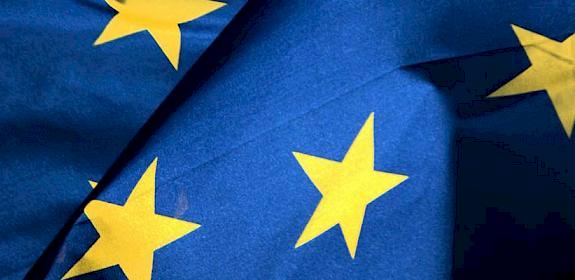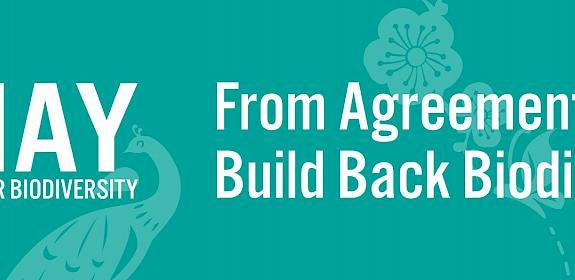European Union suspends the re-export of raw ivory
Brussels, Belgium, 17th May 2017—The European Commission has published a guidance document under which the European Union (EU) will suspend re-exports of raw ivory from 1 July 2017, even if they qualify as old/“pre-Convention” specimens as well as recommending tougher scrutiny of worked ivory movements.
Under current rules, re-export of raw ivory for commercial purposes from the EU is only allowed for so-called “pre-Convention” ivory, acquired before the Convention on International Trade in Endangered Species of Wild Fauna and Flora (CITES) was applied to elephant species—1st July 1975 for Asian Elephants and 26th February 1976 for African Elephants.
The EC and EU Member States decision comes after analysis of CITES Trade Data revealed a sharp increase in legal commercial re-exports of raw ivory (tusks and unworked ivory pieces) from the EU to East Asia (mainly China and Hong Kong) in recent years, raising concerns the legal imports could be used as a cover for laundering illegally sourced ivory into the Asian marketplace. EU ivory re-exports rose to more than 600 items in 2014 and 2016, but averaged below 100 items between 2006 and 2012.
There will be some exceptions under the new guidelines for exchange of ivory items between museums, movements “as part of family relocations” and movement “for enforcement, scientific or educational purposes.”
Currently around 20,000 elephants a year are killed for their ivory tusks in Africa, the majority of the raw ivory being smuggled to markets in Asia for processing.
In response, the international community has made several commitments to address the elephant poaching crisis. At the September 2016 meeting of CITES, governments recommended that “all [CITES] Parties and non-Parties in whose jurisdiction there is a legal domestic market for ivory that is contributing to poaching or illegal trade, take all necessary legislative, regulatory and enforcement measures to close their domestic markets for commercial trade in raw and worked ivory as a matter of urgency.”
Although the latest guidance document is not legally binding, it does demonstrate the commitment of EU Member States and the European Commission to being part of the international movement to curtail elephant poaching and implement the measures agreed under CITES and the recently adopted EU Action Plan against wildlife trafficking
Katalin Kecse-Nagy, TRAFFIC’s Regional Director for EuropeThe latest guidance does not change current restrictions on the re-export of worked ivory items, saying there is presently no clear evidence for a complete suspension, although the EU plans to consult further on this topic.
In the meantime, EU Member States have committed to exercise a higher level of scrutiny in relation to applications for the re-export of worked ivory.
The guidelines also call for increased vigilance and controls over intra-EU trade in ivory, including ascertaining the legality of trade in “worked specimens” or antiques.
“The latest EU guidance is only as useful as the enforcement that accompanies it,” said Sabri Zain, TRAFFIC's Director of Policy.
“Its impact will depend upon increased resources and capacity for law enforcement authorities responsible for implementing the measures.
“Additional measures to restrict the trade must also be feasible and practical, taking into account the capacity and resources available to implement them, and such additional measures must not present a burden to law enforcement agencies that will distract them from essential work such as interdicting illegal ivory that is transiting through countries in the EU.”





